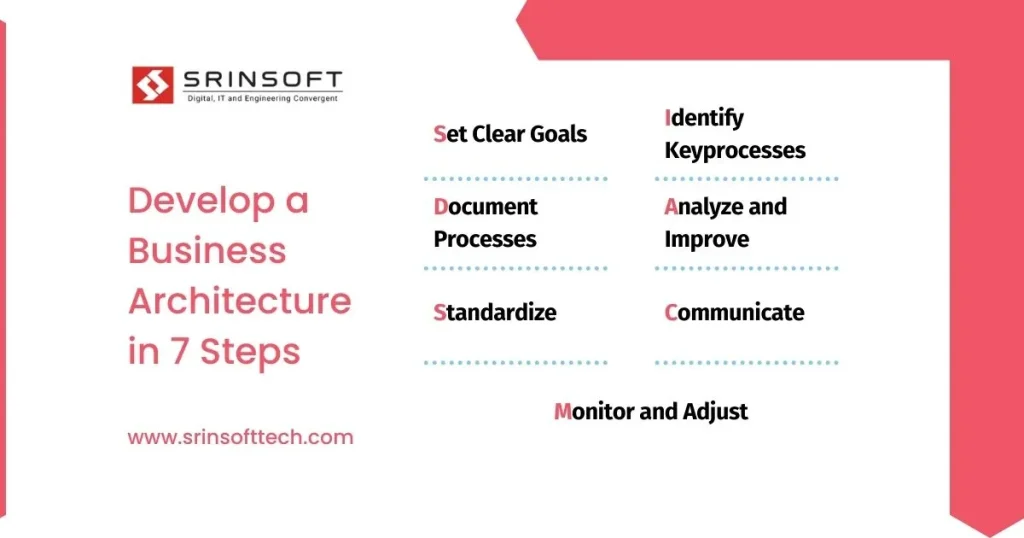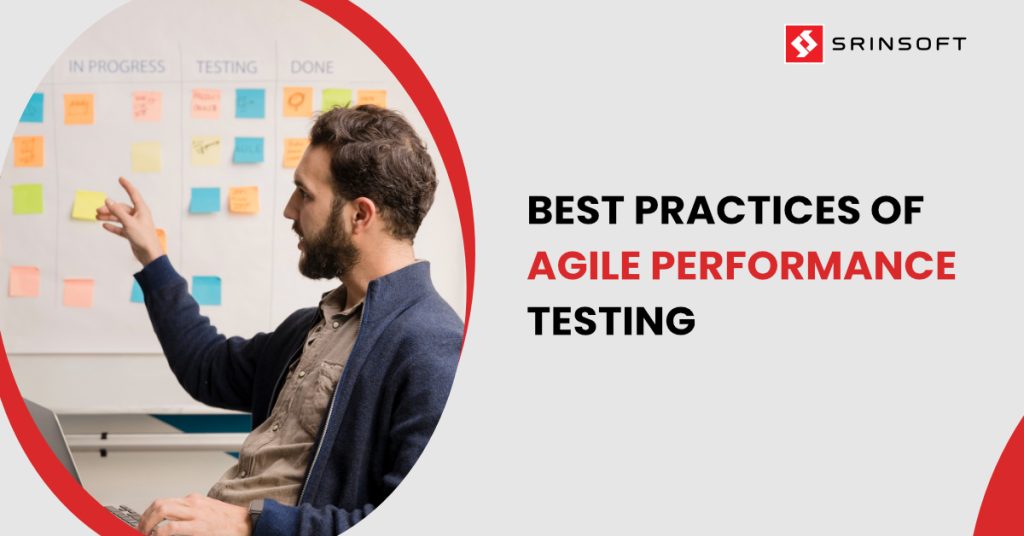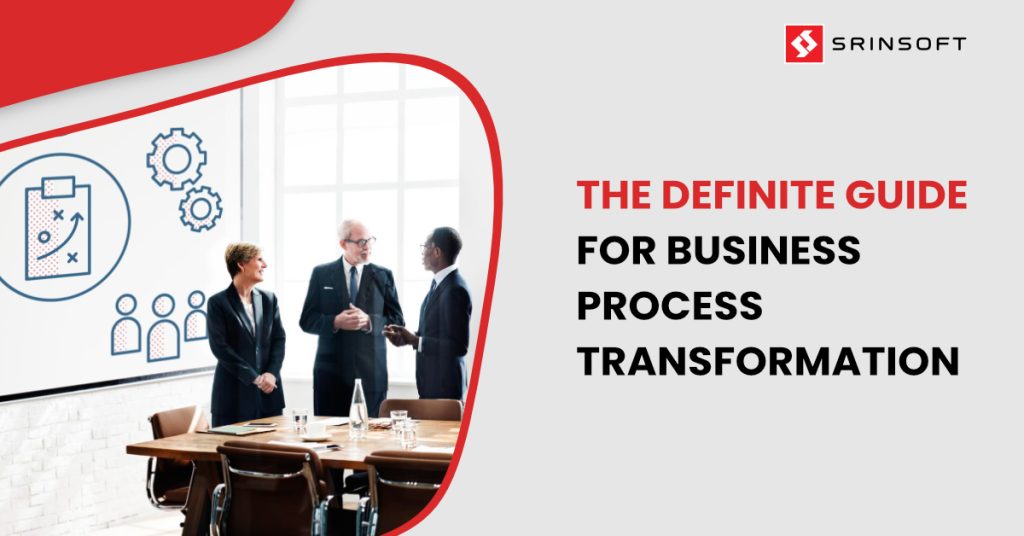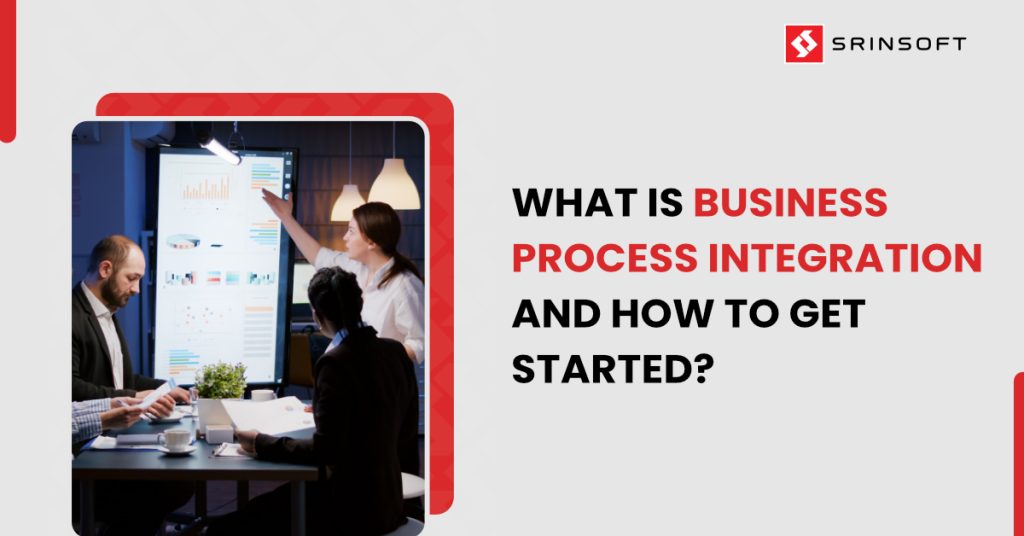
Organizations are complex with several processes and intricate relationships between them. For long-term operational success, businesses must have a detailed understanding of how the processes need to be structured and executed. This is where Business Process Architecture (BPA) plays a pivotal role by acting as a blueprint and mapping out an organization’s tasks, activities, and workflows. It provides a holistic view of processes, helping stakeholders understand how everything fits together to achieve their goals.
BPA is the cornerstone of modern business transformation and organizations using this methodology experience reduced costs, improved compliance, enhanced customer satisfaction, and increased innovation. In this article we’ll look at the various benefits organizations can reap by leveraging BPA, the characteristics of a robust process architecture as well as the process to develop BPA.
What is Business Process Architecture
Business Process Architecture (BPA) is like a map that shows how different parts of a business work together. It is a hierarchical model of the processes in an organization that details how tasks flow between departments like IT, logistics, and HR among others. BPA is a business blueprint that is essential for decision-making, strategy implementation, and ensuring that all the processes support the business’s goals.
Business Process Architecture includes an overall plan for managing processes and detailed descriptions of each process. A well-developed BPA recognizes that businesses are always changing and focuses on continual improvement and adapting over time. Another important aspect of BPA is that it brings together different parts of the business, like goals, strategies, processes, and technologies, to make sure they all work together effectively. It encourages people from different parts of the business to work together and understand how everything fits together.
Why Develop a Business Process Architecture?
Business Process Architecture is surely an integral part of operational success with overarching advantages. Let us look at why organizations should necessarily incorporate BPA in their functioning.
Improved Process Management
BPA helps organizations understand how their workflows function and how they affect overall performance. By using BPA, companies can determine tasks that add value and get rid of inefficiencies and bottlenecks, thereby making their processes leaner and more efficient. Understanding how processes perform helps businesses.
- Make better decisions
- Promote accountability within the organization
- Encourage employees to adopt a mindset of continuous improvement
Prioritization of Projects with Business Process Architecture
Through visualization of processes, BPA lets organizations see how changes to projects will affect existing processes. This helps in predicting what might happen, finding potential problems, and seeing if changes are worth the cost. By picking projects that fit with their goals and those that will make a difference, companies can use their resources well and get impactful results.
Facilitation of Communication
BPA improves collaboration between teams and helps everyone in the organization have a better understanding of how things work. By documenting processes and engaging stakeholders in the analysis and optimization efforts, BPA makes sure everyone knows what’s going on, agrees on what needs to be done, and leaves room for changes when needed. This better communication helps make decisions faster, makes tasks easier to do, and helps the company react quickly to changes in the market.
Well-defined scope for Processes in Business Process Architecture
Since BPA maps processes in chronological order, it shows the order of tasks in a project and makes it clear where one part ends and another begins. This helps decide what changes will mean for current tasks and make smart choices about what to include in a project. By setting clear goals, BPA helps companies do projects more accurately and avoid doing more than they need to.
Identification of Areas for Automation
By mapping out processes, BPA helps find repetitive and rules-based tasks that are best suited for automation. With technology to do these tasks automatically, companies can work faster, make fewer mistakes, and use their resources better. This smart way of using technology lets companies use their people for more important jobs, saving money and making operations run smoother.
Improved Decision Making with Business Process Architecture
BPA organizes tasks by importance, showing how each one affects the company’s goals. With this knowledge of the hierarchical classification of business processes, people in charge make decisions based on facts, like where to spend money and what projects to focus on. By using insights from BPA, companies can make smart choices that help them grow and stay ahead of the competition.
Key Traits of a Robust Process Architecture
It is now evident that BPA has several benefits to offer, which makes it an essential part of designing processes in the organization. However, to extract the most from BPA, it is essential to incorporate its key characteristics while formulating. The following are some the of quintessential traits of a robust business process architecture.
Independent from the Organization’s Structure
Business processes need to be designed without relying on the formal structure of the organization. The focus of a strong BPA should be on how activities create value for stakeholders, whether they are inside or outside the organization. A good process architecture can adapt to changes in organizational structure without needing constant updates.
Flexible with Technology
Processes must be enabled by various technologies but not bound to specific technological solutions. It is common to rely on off-the-shelf software, but that doesn’t mean it will align perfectly with the organization’s needs. Each process may use multiple technologies, and each technology may support multiple processes. However, BPA should not simply map processes to existing technologies. This won’t provide a complete picture of the organization’s operations or deliver desired business outcomes. A robust BPA must take an approach that emphasizes the importance of selecting the most suitable technology for each process.
Business Focus Areas
Organizations are complex, with multiple lines of business, products, services, and markets, making it challenging to create one unified process architecture for everything. It can therefore be more practical to focus on one value chain at a time, each with its unique purpose. By focusing on individual value chains, organizations can tailor their processes much better to meet the specific needs of each area. While some processes may be shared, like HR or IT services, it’s essential to ensure each value chain serves different stakeholders, metrics, and goals.
Simplified Process Focus
Business process architecture should maintain a high level of description, focusing on “what we do” rather than the specific details of “how we do it”. In simpler terms, it means keeping the architecture stable over time and avoiding excessive detail about process activities. For example, instead of describing the specific methods of selling, the architecture would focus on the overall sales process and its outcomes. This structure not only ensures clarity, but it also accommodates variations in how tasks are executed across different regions or divisions. By focusing on describing the overall activities, organizations can strike a balance between standardization and customization to meet diverse needs and requirements.
Developing Your Business Process Architecture in 7 Easy Steps

Now that we know a lot more about BPA, it is even more important to know how it is built. We have broken down the process of developing a strong BPA into seven simple steps.
- Set Clear Goals: Decide what you want to achieve with your BPA whether it is to boost efficiency, cut costs, or align processes with your goals.
- Identify Key Processes: Map out the main processes that bring value to your customers. Break them down into smaller, manageable steps.
- Document Processes: Use flowcharts, diagrams, or descriptions to document each step of your process. Include details like who does what and when. Consider using modeling software to help you map out your processes.
- Analyze and Improve: Review your processes to find areas to improve. Look for redundancies, bottlenecks, or opportunities for automating tasks. Getting input from different parts of your organization when developing your BPA will help you in gathering impactful ideas.
- Standardize and Improve: Create best practices and guidelines for your processes. Think about using technology to automate repetitive tasks.
- Communicate and Train: Make sure everyone knows about the changes to your processes. Train your team on how to follow the new procedures.
- Monitor and Adjust: Keep an eye on how well your processes are working. Make changes as needed to keep things running smoothly. Focus on a few key processes before expanding to a full scale.
Conclusion
BPA helps understand processes across the organization, not just isolated parts. A well-established BPA provides standard metrics for measuring process performance and is crucial for managing processes efficiently. BPA also enables organizations to quickly understand end-to-end processes, identify core activities and consequently focus efforts where needed. While BPA is useful for structuring and defining processes, its full value is realized through effective change management, process optimization, and agile technologies.
Frequently Asked Questions
What are the main elements of business architecture?
There are four main elements of business architecture: information, capability, organization, and value stream.
What is the aim of business architecture?
It serves as a strategic framework, bridging the gap between an organization’s vision and its operations.
Why do we need process architecture?
Process architecture is a chart or structure that describes an organization’s steps, components, systems and how they influence one another. Developing and understanding process architecture can help you define the values and processes that govern a business or system.
What do process architects do?
This role has the responsibility to manage the process architecture, model, analyze, deploy, monitor, and continually improve business processes, and monitor the outcomes and measurable results from process execution to determine process improvements and predict process failures.
What are the types of business process architecture?
A business process architecture is categorized into three major categories: Core, Guiding, and Enabling Processes. Core processes deliver goods and services to the customers, clients, or consumers of the value chain or organization. Guiding processes set direction, plans, constraints, and control over all other processes. Enabling processes provides reusable resources that make it possible to do the work of all processes.


